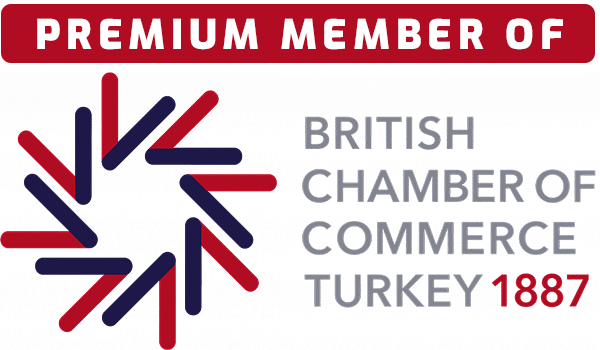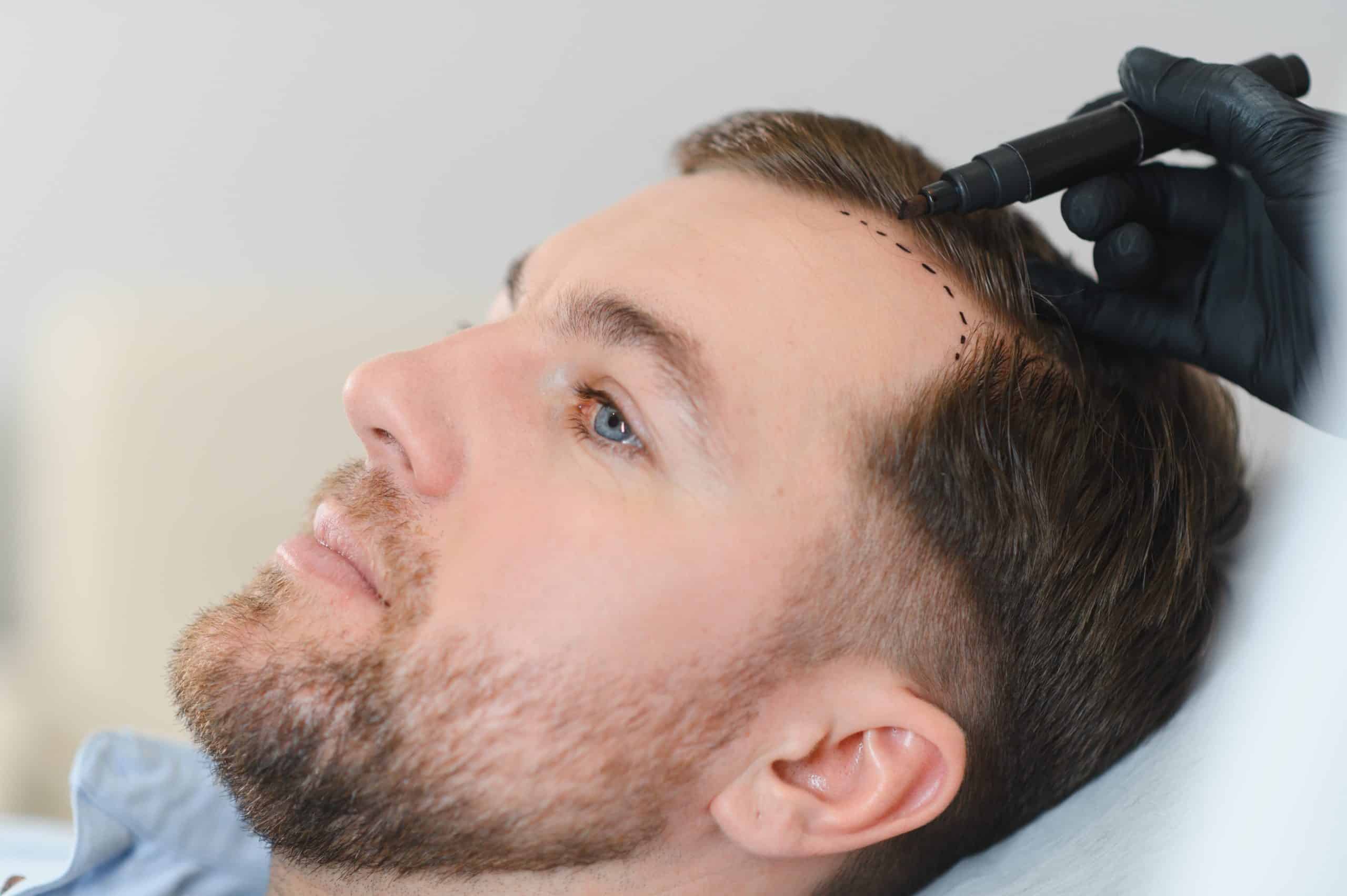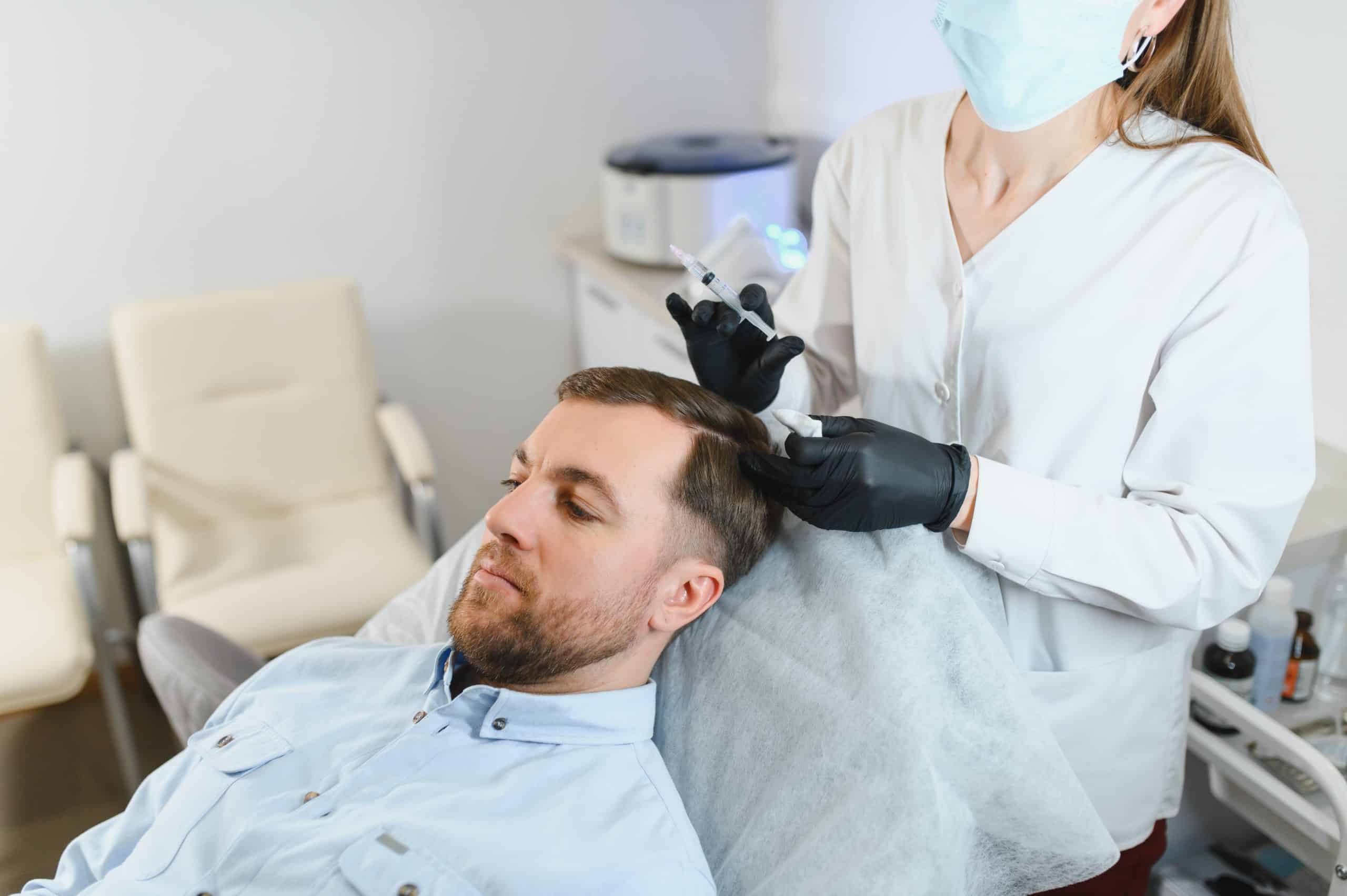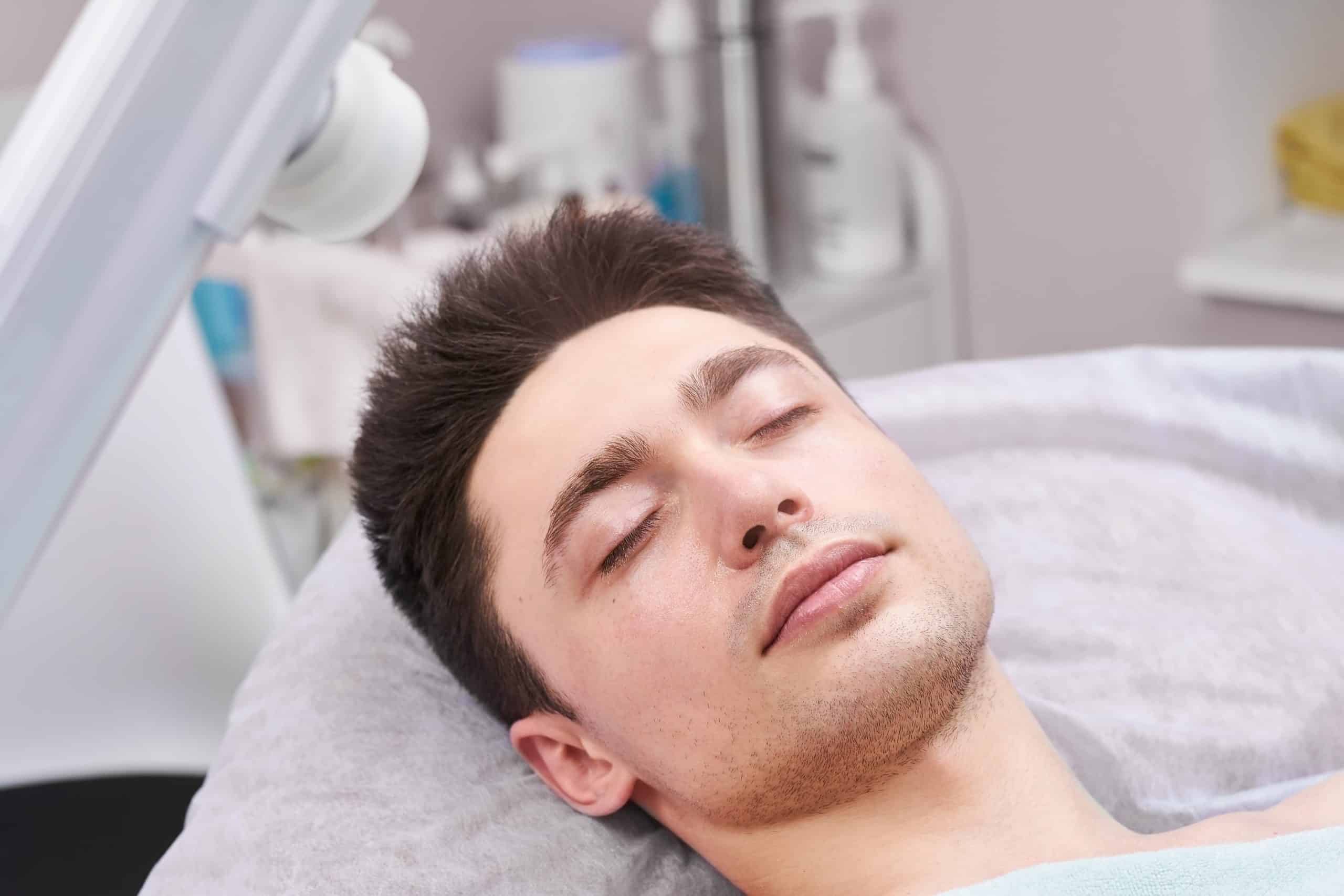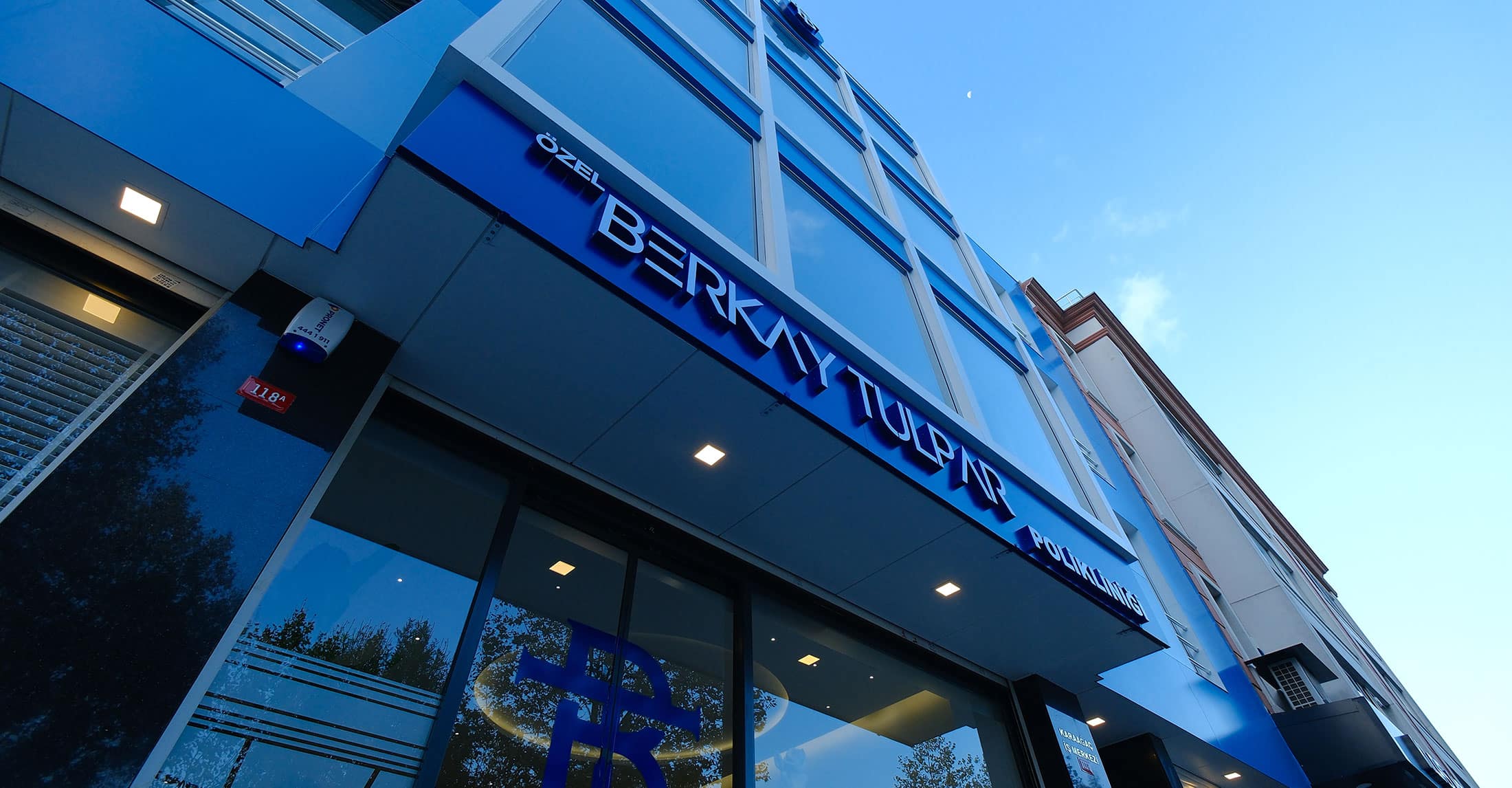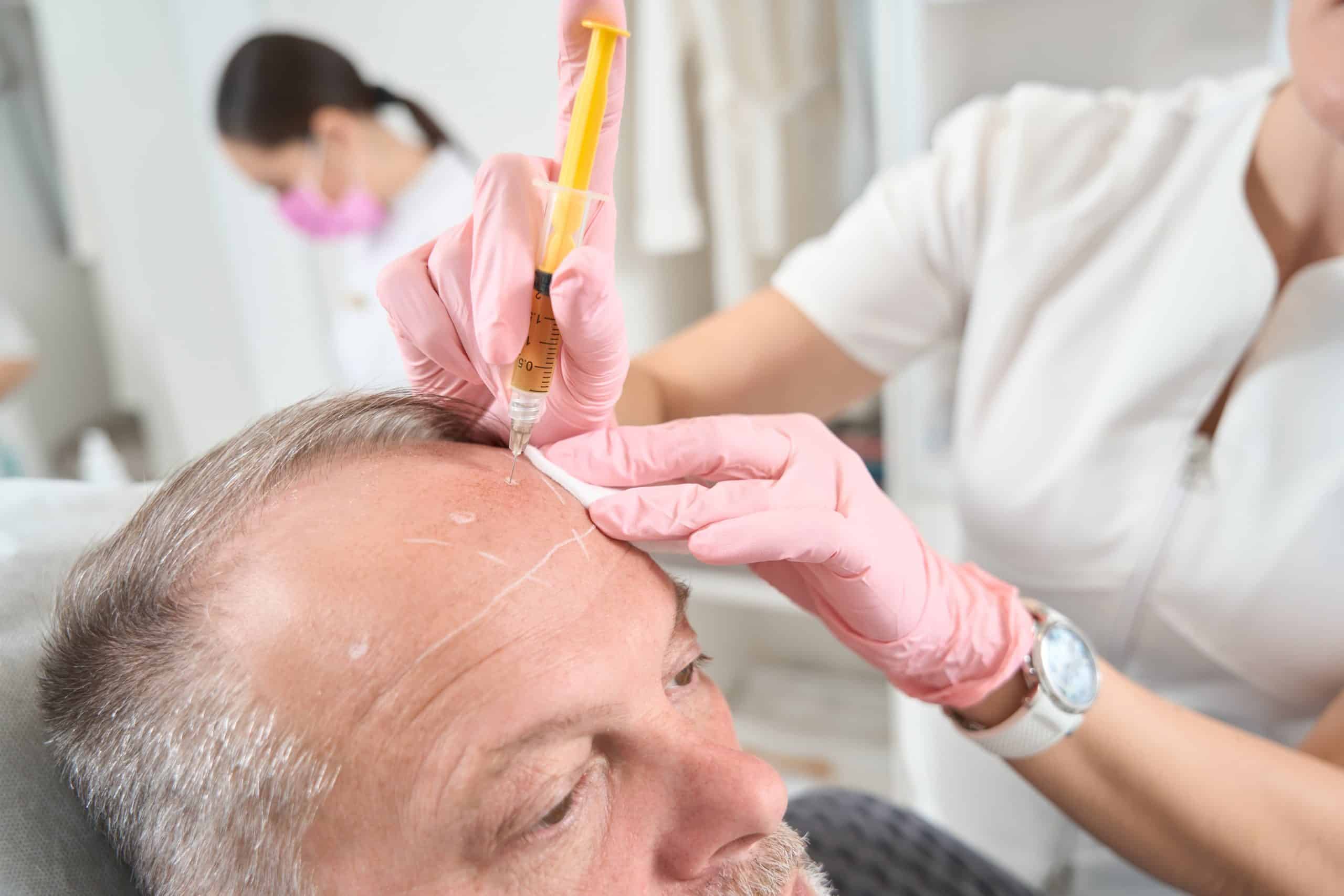Unshaven hair transplantation is the most preferred procedure for those who want to have a hair transplant. As it is known, during hair transplantation procedures, the area to be transplanted should be shaved. Unshaven applications are much more preferred for people who do not want to shave or shorten their hair. For those who want to know about this method, we would like to give detailed information.
What is Unshaven Hair Transplantation?
We would like to give information about what is unshaven hair transplantation and what is its difference from traditional hair transplantation. Unlike traditional hair transplantation procedures, patients get through this process much more easily. Because there is a significant difference in appearance. Of course, this application is not suitable for every hair transplant procedure. When hair loss is experienced mostly in small and restricted areas, unshaven applications are performed.
How is Unshaven Hair Transplantation Performed?
Certain steps are followed during the unshaven hair transplantation process. The procedure steps followed during the hair transplantation process, which should be done by expert teams, are as follows:
Consultation and Evaluation
First, a preliminary interview is made with the patient and evaluations are made such as the condition of the hair, the rate of shedding, the patient’s expectations, and whether it is suitable for unshaven hair transplantation.
Determination of the Donor Area
After determining that the patient is suitable for the procedure, the donor area is prepared. The nape and side hair are often determined as the donor area. The determined areas are anesthetized with local anesthesia and started to be prepared in small areas. Afterwards, the appropriate grafts are taken one by one from that area. This process must be carried out meticulously in order not to damage the hair follicles.
Preparation and Transplantation of Grafts
The grafts collected in the donor area, that is, healthy hair follicles, are protected under appropriate conditions and prepared for transplantation. Afterwards, the area where hair transplantation will be performed should be prepared for the procedure. After local anesthesia applied to the area, micro channels are created. The grafts are placed one by one in the opened channels carefully and meticulously.
Post-Procedure Care and Recovery
After the procedure, both the recipient and donor areas are cleaned. After that, the patient is given the necessary instructions for the care and cleaning of the area. In order to protect the area and prevent the risk of infection, recommendations are given for patients to protect it carefully in the first days. In unshaven hair transplantation, the recovery time is much faster than conventional methods.
After healing, the adaptation and healing process of the hair follicles continues. It may take an average of 12 months for new hair growth, shock shedding and fully effective results.
Who Can Have Unshaven Hair Transplantation?
The unshaven hair transplantation method is generally preferred by people who want to have a hair transplant but also want to protect their existing hair. For this procedure, which is suitable for both women and men, some candidates may not be suitable. The most suitable candidates for unshaven hair transplantation procedures are as follows:
- Unshaven hair transplantation can be performed for people who have low and moderate hair loss problems. We have to say that it is not very suitable for people with extensive and intense hair loss.
- Patients should also have sufficient and healthy hair follicles. This is the most important factor that directly determines the success of the transaction.
- In particular, it is extremely important for people to have healthy hair follicles and areas where hair transplantation will be performed. When these two criteria are not met, it is not possible to implement the procedure.
Unshaven hair transplantation procedures are generally suitable for both male and female patients who want to have hair transplantation and have aesthetic concerns. When you meet with your doctor, he will provide you with the necessary information and feedback on this subject.
What are the Advantages of Unshaven Hair Transplantation?
There are many factors that we can count as the advantages of unshaven hair transplantation. To begin with, it is a much more comfortable procedure with unshaven transplantation of the hair. In general, the advantages of this process are as follows:
- Since the existing hair will remain during the procedure, a natural appearance is provided. Since the hair is not completely shaved, the patient is faced with a less disturbing appearance after transplantation.
- When you want to maintain the length of the hair, this method provides you with much more effective advantages.
- Patients will be able to return to their social lives in a much shorter time. Naturally, this will be an important advantage for both business and social life.
- It is ensured that the hair looks natural and aesthetic.
Frequently Asked Questions About Unshaven Hair Transplantation
Is unshaven hair transplantation painful?
Hair transplantation procedures are generally performed under local anesthesia or with sedation. In this way, patients do not feel any pain or pain during the procedure.
How long does an unshaven hair transplant take?
The duration of unshaven hair transplantation varies according to which method is preferred and the number of grafts to be transplanted. The average time for the procedure varies between 6-8 hours.
What is the recovery process like after unshaven hair transplantation?
The healing process after hair transplantation procedures is very fast. There may be mild discomfort and swelling for the first few days. Afterwards, this situation will pass and patients will return to their daily activities at the end of a period of 1 week.
When are the results of unshaven hair transplantation seen?
In unshaven hair transplantation procedures, new hair growth begins within an average of 3-4 months. In order to get full results, it is necessary to wait for an average of 12 months. Patients only need to be patient in this process and have regular doctor check-ups.

